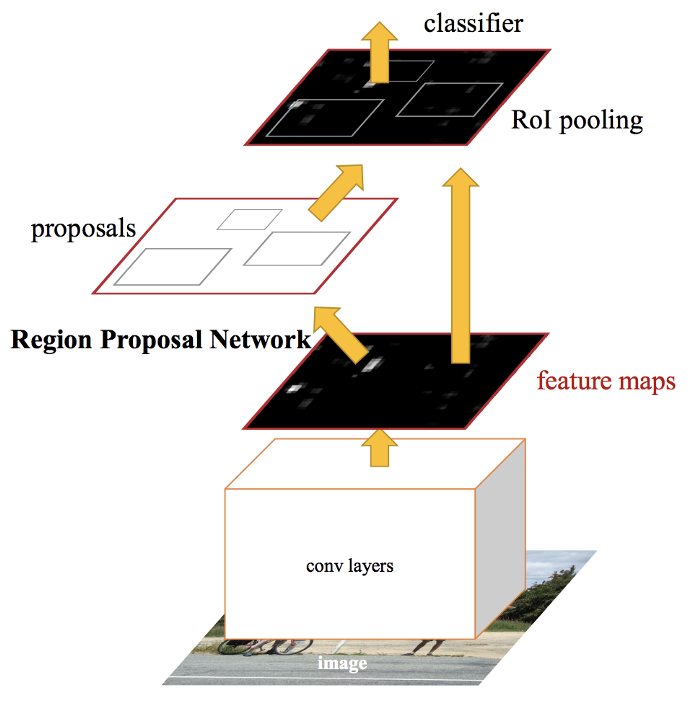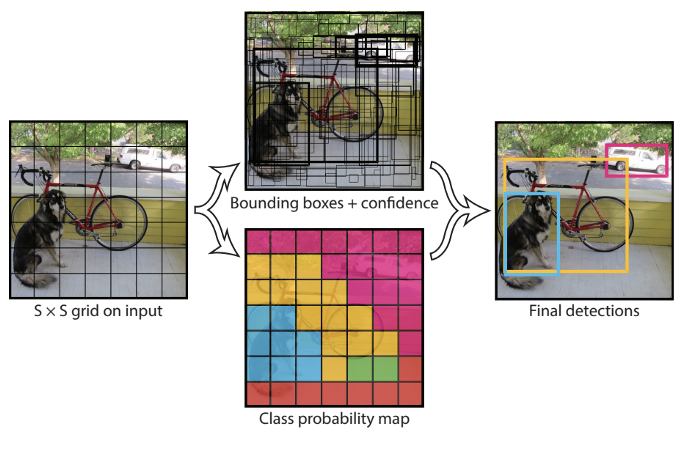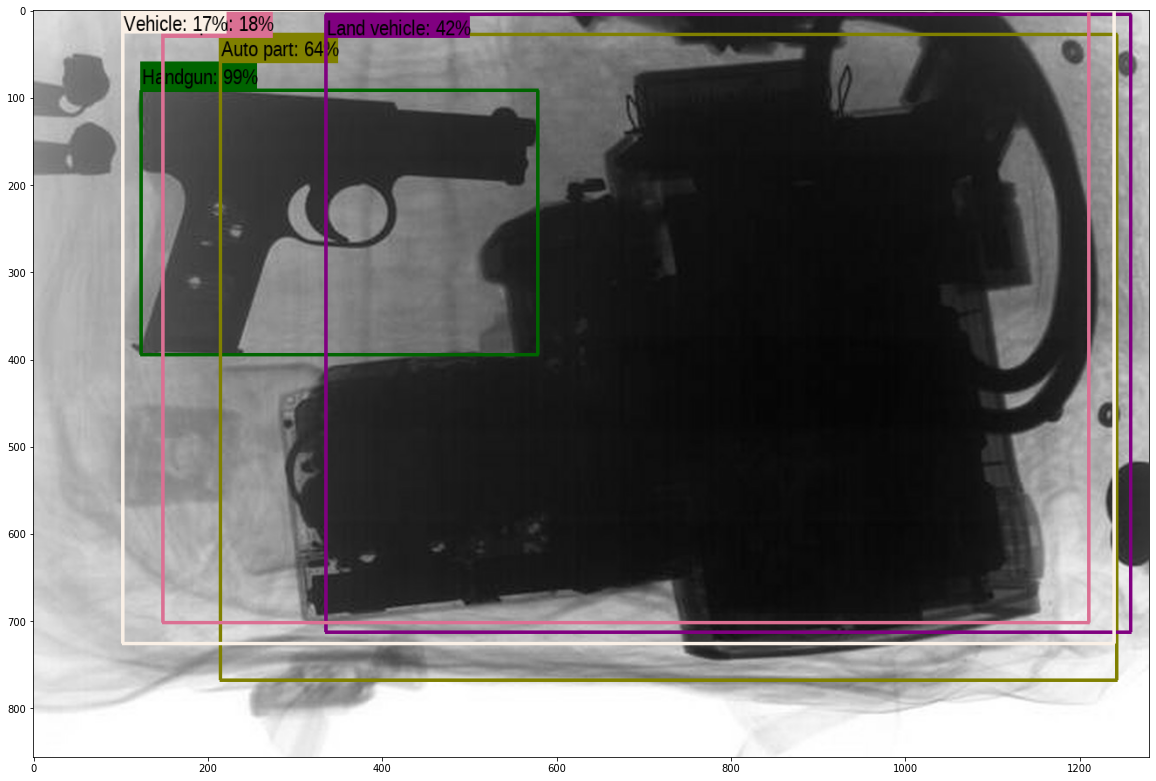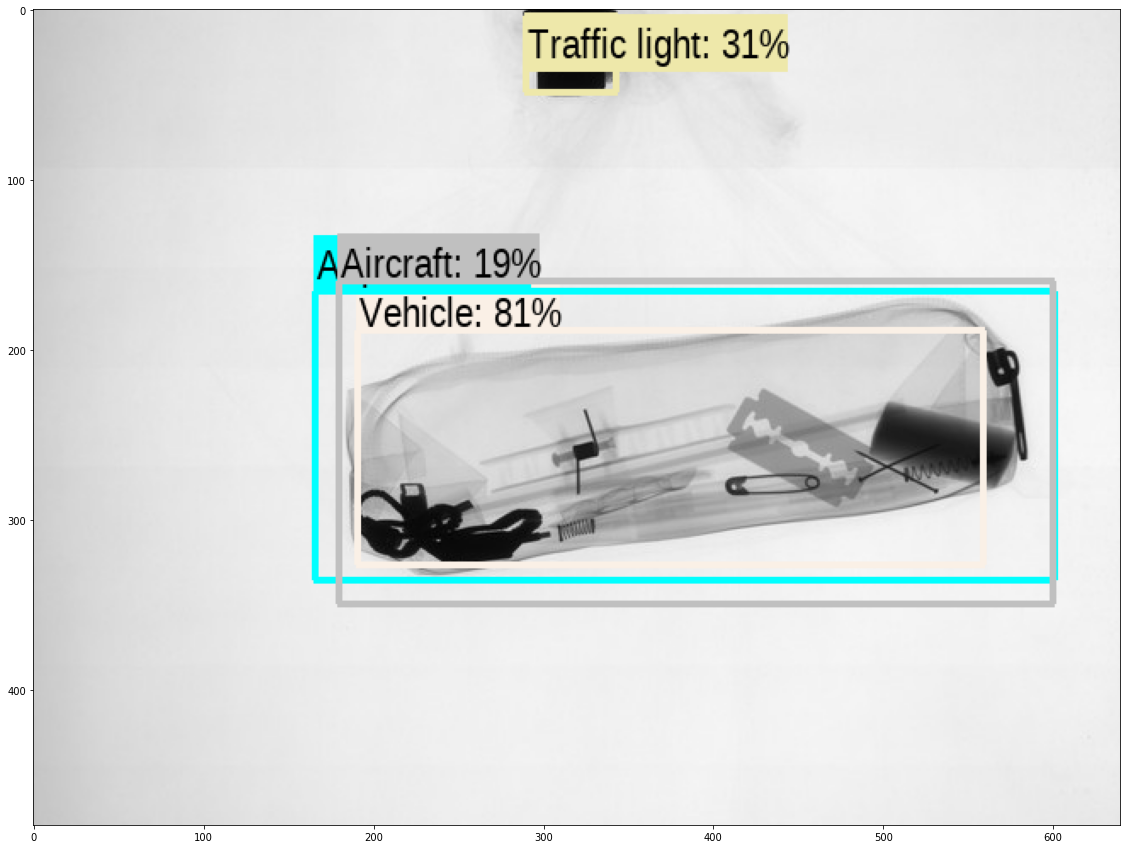DATA 310 Final Project
Paul Brenkus
Powerpoint Link - Click Here!
Abstract
With continued research in machine learning practices, the use of complex supervised feature learning techniques provides a user the ability to solve more intricate problems. Using a supervised learning model, in this scenario, will give the user the ability to accurately identify possible weapons (i.e. handguns, knives) within carry-on luggage or handheld bags during mass transit operations.
Data Collection
In the dataset there are 40 still images of luggage that contain some type of weapon whether it be a gun, knife, or contraband to make a weapon. This data was taken from x-ray still images of security measures that were preformed on individual’s luggage/baggage before getting on a form of mass transit.
Problem Statement
When you put your bags through a scanner before boarding a plane, what is happening? How do they see what is in your bag and how do they know when you have something that isn’t supposed to be there? Or what if they miss the object that isn’t supposed to be there? In this application, I look to take that edge off the everyday passenger who boards a plane, train, or other mass mode of transportation. We pay for the ticket with a sense that we will be safe when transiting from point A to point B. But with a past where objects pass through inspections, without consultation, begs the questions of, how much does the naked eye miss? Using convolution neural networks in real time, I look to add an aid tool to security in mass transit centers in order to better identify weapons. I will be using a dataset containing 40 images of knives, handguns, luggage with contraband, and other assortments of weapons to increase the accuracy of this model. This instrument will be set in real time as bags of different sizes and shapes will be scanned. The model will theoretically display a label and accuracy for which an item in a bag will could be a weapon. For testing purposes, if the model returns an accuracy rate of 25%, the need for further inspection may be needed for that bag.
Model
In this report I will be using a Convolution Neural Network (CNN), particularly a Faster R-CNN or Region-Based Convolution Neural Network. Object detection helps in pose estimation , vehicle detection, and in this case, weapon identification. In this model, we will see that multiple items within a bag will be detected, outlined, and given a percentage of what the algorithm thinks it may be. The Faster R-CNN extinguishes the use of a selective search algorithm on your feature map to identify the region proposed and is instead ran through a separate network in order to be predicted. By separating these two parts of your model, the output displays faster than your regular R-CNN and Fast R-CNN. The model performs non-maxima suppression inside the algorithm. The maximal number of detection outputted is 100. Detections are outputted for 600 boxable categories.


Results & Analysis




